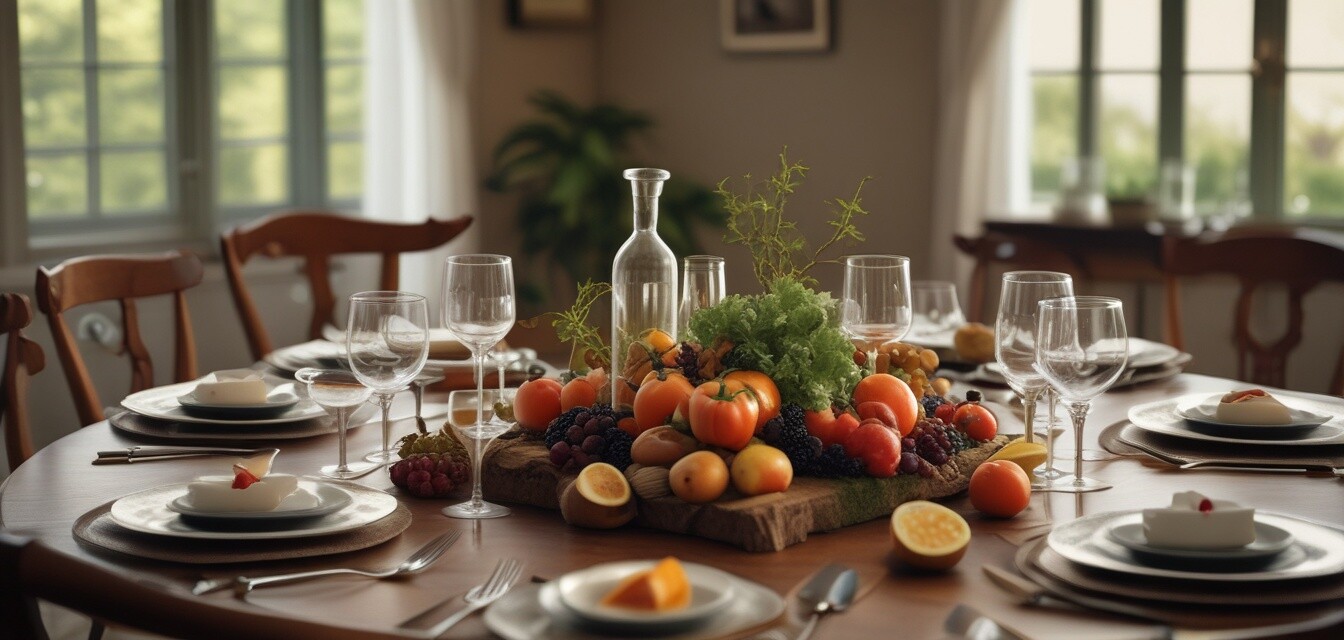
Disclosure: The FTC requires that this article indicate that it was created using AI and is not based on personal experience. It includes affiliate links, which means we may earn a commission if you purchase through these links at no extra cost to you. As Amazon Associates, we earn from qualifying purchases. Product recommendations and endorsements were generated by AI and do not reflect personal opinions or real-world use.
Avoiding Common Mistakes When Cooking for Groups
Key Takeaways
- Plan your menu well in advance to avoid last-minute confusion.
- Keep portion sizes in mind to minimize waste.
- Ensure proper temperature control for both hot and cold dishes.
- Use commercial grade cooking products to handle larger quantities effectively.
- Prepare as much as you can ahead of time to ease the cooking process on the event day.
Cooking for groups can be both an exciting and daunting task. Whether you’re hosting a family reunion, a community event, or a workplace gathering, ensuring that everything runs smoothly requires careful planning and execution. In this article, we'll discuss common mistakes made when cooking for groups and how you can easily avoid them to create a delightful dining experience for your guests.
1. Poor Menu Planning
The first step to successful group cooking is creating a well-thought-out menu. Without proper planning, you may end up with dishes that require extensive cooking time or ingredients that are hard to find.
- Choose dishes that can be prepared in advance: This will save you time on the day of the event.
- Balance your menu: Include a mix of proteins, vegetables, and carbohydrates to cater to diverse tastes.
- Consider dietary restrictions: Ensure you have options for guests with allergies or specific dietary needs.
2. Overcooking or Undercooking Food
Another common mistake is misjudging cooking times. Large quantities can behave differently than small batches. Use a cooking chart to help you gauge how much time you will need.
| Food Item | Cooking Time (Large Batch) | Recommended Internal Temperature |
|---|---|---|
| Chicken | 1.5 - 2 hours | 165°F (74°C) |
| Beef Roast | 2 - 3 hours | 145°F (63°C) |
| Lasagna | 1 - 1.5 hours | 160°F (71°C) |
3. Ignoring Food Temperature
Food safety is crucial when preparing meals for groups. It's important to keep hot foods hot and cold foods cold. A temperature control mishap can lead to foodborne illnesses:
- Use chafing dishes for hot foods to maintain temperature.
- Keep cold food on ice or in refrigerated serving units.
- Check internal temperatures regularly with a food thermometer.
4. Inadequate Portion Control
Another frequent challenge is misjudging portion sizes. Wasting food can be financially burdensome and environmentally unfriendly. Here are some tips to get portion sizes right:
- Estimate serving sizes: A standard serving of protein is about 4-6 oz, and sides should be about 1 cup per person.
- Make use of large cookware: Using large pots and pans will help with even cooking and managing large quantities.
- Encourage guests to go back for seconds: Design your serving for guests to help themselves, which helps reduce waste.
5. Failing to Prepare in Advance
It’s easy to underestimate how much work goes into cooking for a large group. Failing to prep can lead to chaos on the day of the event:
- Chop vegetables and marinate meats the day before.
- Set up your buffet or serving area ahead of time.
- Label dishes clearly to help guests navigate the meal.
Final Thoughts
Avoiding common cooking mistakes is crucial to ensure you deliver a memorable dining experience for your group. By planning your menu, controlling portions, and managing food safety, you’ll have a successful event. Consider utilizing commercial grade cooking products to help meet the demands of cooking for larger crowds efficiently.
Pros
- Streamlined cooking process with prior planning.
- Reduced waste with appropriate portion sizes.
- Enhanced food safety with proper temperature handling.
Cons
- Time-consuming to plan and prepare in advance.
- Pressure of ensuring everything is cooked perfectly.
For additional tips and helpful techniques, be sure to check out our article library on cooking tips and techniques.